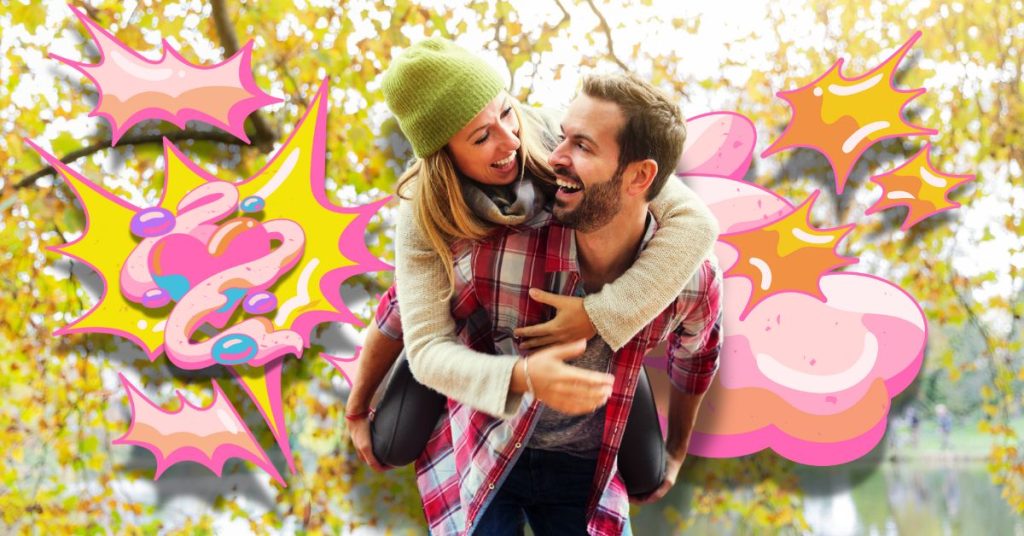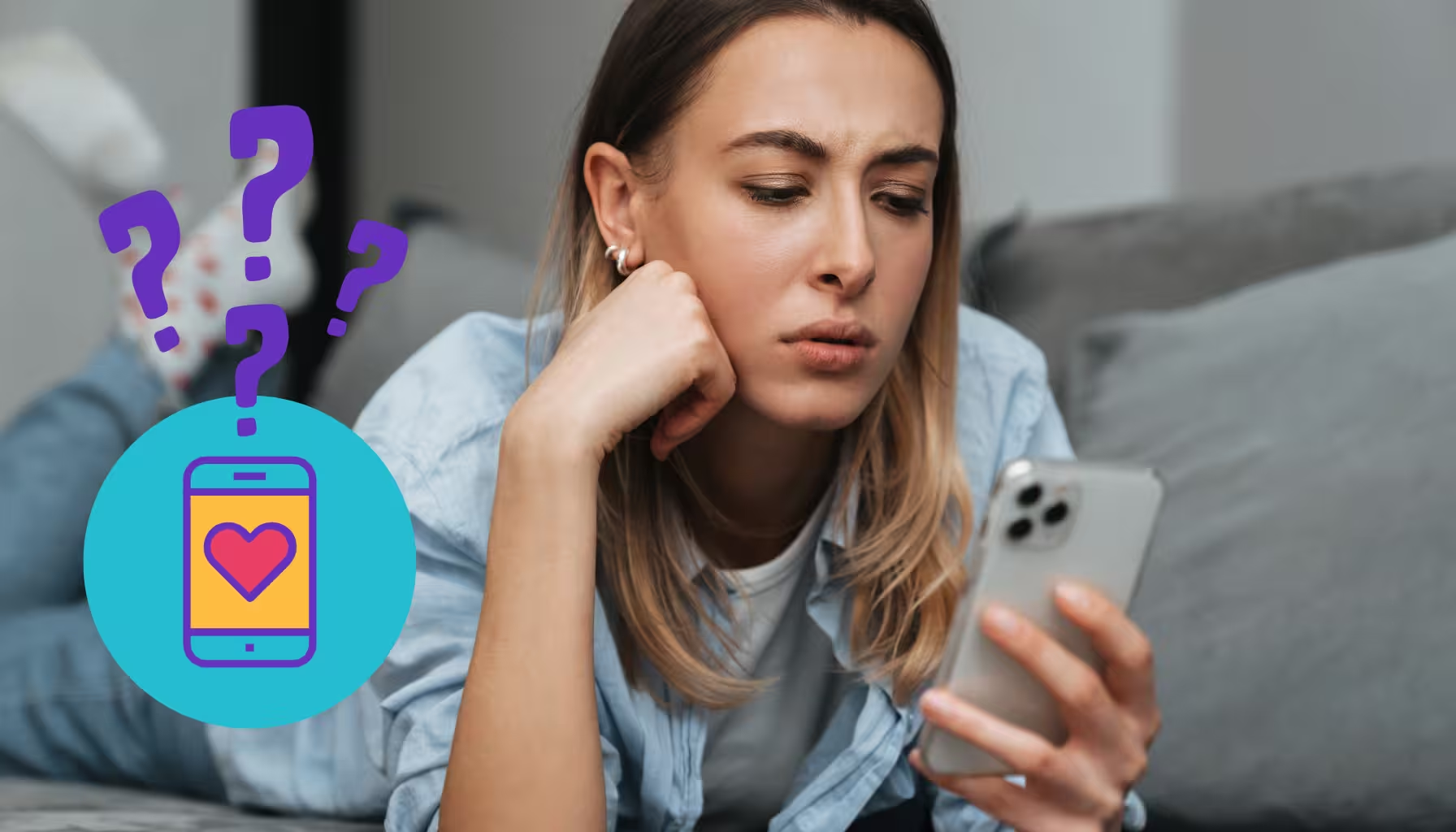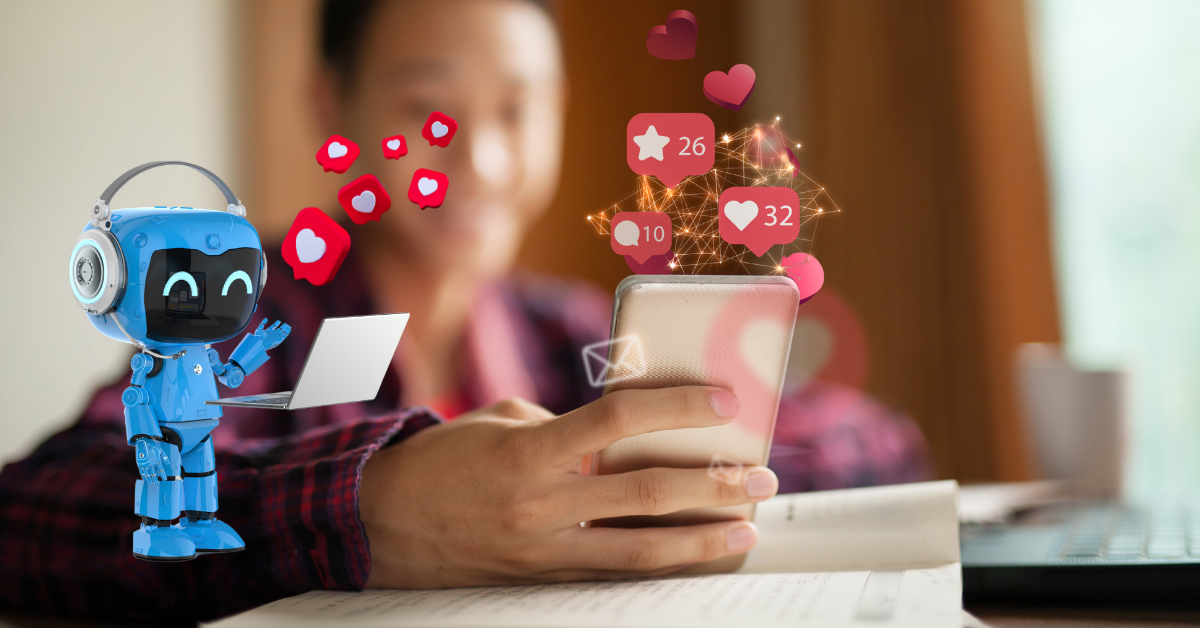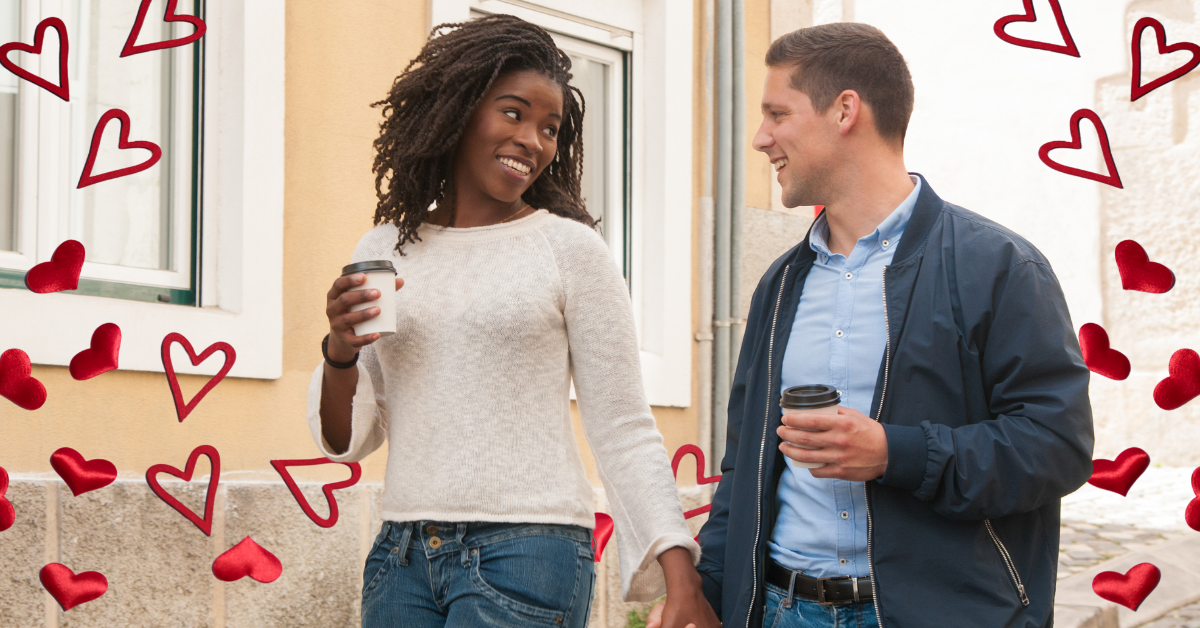Have you ever gotten sucked into a binge-athon of Love Island or The Bachelorette and wondered how on God’s green earth, single people can find love with a camera in their face nonstop while competing with others for the attention of a potential romantic partner?
Or maybe you recently did a rewatch of Nora Ephron’s iconic movie You’ve Got Mail and thought about how email exchanges were the equivalent of dating apps in 1998, at least for Kathleen Kelly and Joe Fox.
Pop culture isn’t just something we consume—it is something that seeps into our everyday lives, even if we aren’t conscious of it, and this includes how we date. From the TV shows we watch, the songs we bop to, and the fashion trends we follow; all of it plays a part in influencing our love lives.
Whether it’s reality TV setting some crazy high (or low) standards for romance, music that gets us in the mood, or the outfits we stress over for a first date—pop culture is all up in our modern dating business. But is it helping or hurting us?
We’re going to look at how the media shapes the dating world, what dating shows like Love is Blind (and the 20 or so others) are doing to our brain’s expectations, how music and fashion play into the dating game, and if there’s a dark side to pop culture’s vice-like grip on dating trends!
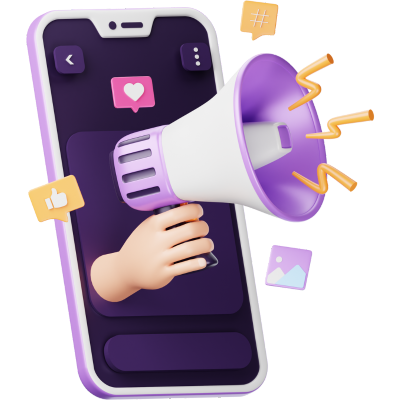
The Role of Media in Shaping Dating Norms
Media, in its various forms, has an influence on how we perceive, approach, and act in our romantic relationships. From the silver screen to social media, the portrayal of love and dating norms has evolved, shaping our expectations, behaviors, and even the language we use when talking about relationships.
We are gonna take a closer look at how TV, movies, celebrity culture, and social media all contribute to the current dating landscape!
TV and Movies
The biggest culprits are TV shows and movies—the most powerful mediums that influence dating norms. These forms of media usually depict idealized versions of romance, creating fantasies and unrealistic expectations for viewers. Shows like The Bachelor and Love Island don’t just entertain the masses—they also set certain standards for what romantic success should look like.
Take The Bachelor, where the idea of finding love among a group of competitors, complete with extravagant dates and emotional rose ceremonies, paints a really specific picture of what courtship can entail.
Meanwhile, movies like La La Land romanticize the notion of sacrifice and serendipity in love, pushing the narrative that true love requires big gestures and comes with a hefty price—emotionally and financially.
Seriously, how much do helicopter rides cost? Because they are always flying the dates to a destination on The Bachelor and The Bachelorette.
Here are some more examples:

- The Bachelor and The Bachelorette: Push the ideas of competition in love.
- Love Island: Influences expectations of instant physical attraction and a lot of drama in relationships.
- Normal People: Features the complexities of modern relationships, including timing and mental health issues.
- Bridgerton: Romanticizes historical courtship norms in a modern context.
- Emily in Paris: Explores the ooh la la allure of romanticized international relationships.
- You: Shows the dark side of obsessive love—seriously, Joe is a murderer but also a sex symbol to viewers.
- Sex Education: Promotes open conversations about sex and relationships.
- Modern Love: Tells varied stories of love in the modern world.
- Love is Blind: Challenges the notion of love without physical appearance.
- Marry Me: Explores the intersection of celebrity and public relationships (stars Jennifer Lopez and Owen Wilson for some reason).
The TV shows and films we listed don’t just tell a few stories; they influence the way viewers think about their own love lives, sometimes causing unrealistic expectations that real-life relationships can’t live up to.
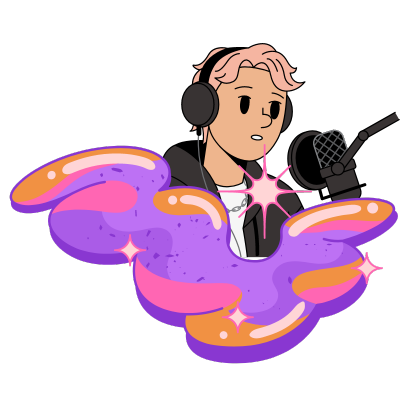
Celebrity Influence
Celebrity relationships are another super powerful influence on public perceptions of dating. When celebrities date, break up, or get back together (and then break up AGAIN, ahem, JLo and Ben Affleck), it is headline news, subtly framing how the public views relationship norms. The tumult of celebrity romances is amplified and can set trends in how people approach their own relationships.
The on-again, off-again relationship between Selena Gomez and Justin Bieber was tabloid fodder for years. It influenced how young people view the notion of breaking up and getting back together. And the highly publicized divorce of Kim Kardashian and Kanye West and the dysfunctional drama around it made discussions about relationship boundaries, privacy, and mental health more mainstream.
Here are some noteworthy examples of influential celeb couples:
- Megan Fox and Machine Gun Kelly’s highly publicized relationship.
- Taylor Swift’s high-profile relationships and how they influence her music and fan culture.
- Jennifer Lopez and Ben Affleck rekindled romance after 20 years (rumor is that they are headed for divorce).
- Zendaya and Tom Holland’s relationship and its impact on fan culture.
- Priyanka Chopra and Nick Jonas’ cross-cultural marriage.
- Kim Kardashian and Pete Davidson’s brief yet it’s-all-anyone-talked-about relationship.
- Will Smith and Jada Pinkett Smith’s public discussions about their marriage.
- Prince Harry and Meghan Markle’s relationship and its global implications.
- Ariana Grande’s marriage and subsequent split (she’s now dating the guy who played SpongeBob on Broadway m).
- Tom Brady and Gisele Bündchen’s divorce and the public discourse on balancing family and career.
Celeb couplings not only sway public opinion but also influence how people negotiate their own romantic lives, from the way they handle breakups to how they perceive the balance of power and privacy in relationships.

Social Media Platforms
Social media has arguably become the most influential force in modern dating practices. Platforms like Instagram, TikTok, and Twitter (now called X) have all given rise to viral trends, dating challenges, and the concept of “relationship goals,” all of which influence how people approach love and dating.
Social media influencers, in particular, play a massive role in shaping dating norms. There is the trend of curating a “perfect” relationship online, complete with matching outfits, elaborate date nights, and PDA (public displays of affection), all contribute to super unrealistic standards that can spark dissatisfaction or jealousy in real-life relationships.
- The #RelationshipGoals hashtag on Instagram, where couples show off their seemingly perfect relationships (no relationship is perfect, FYI).
- TikTok’s influence on dating via trends like the “green flag” and “red flag” challenge, which impact how people evaluate their potential partners.
- The impact of dating influencers who share advice and tips on platforms like YouTube and Instagram.
- The impact of the “Instagram vs. Reality” trend exposes the disparity between curated online images and IRL relationships.
Social media doesn’t just change how people date; it also affects how they perceive themselves and their relationships, causing increased pressure to live up to idealized standards or to flaunt their relationships in a certain light.
Media—whether through TV shows, movies, celebrity culture, or social media—continues to play a big part in coloring modern dating norms. These influences are omnipresent, affecting not just how we perceive relationships but also how we engage in them.
Popular Dating Shows and Their Impact
Reality TV dating shows have become more than just guilty pleasures—they’re cultural phenomena that affect the way people think about love and relationships. From the tension-filled rose ceremonies on The Bachelor to the dramatic recouplings on Love Island, these shows influence dating norms in ways both subtle and not-so-subtle. Beyond reality TV, scripted series also contribute to the conversation, portraying relationships that viewers aspire to emulate. Moreover, the integration of online dating apps into these shows is changing how viewers approach finding love in their own lives.

Reality Dating Shows
Reality dating shows have blown up in popularity over the last five years, and they continue to evolve, illustrating and altering the dating norms. Shows like The Bachelor and The Bachelorette are the most iconic, with their over-the-top gestures, dramatic exits, and the quest to find true love under the scrutiny of millions of viewers. These shows set a super high bar for romance, one that’s unattainable IRL but nevertheless influences how people approach dating.
The Bachelor’s insane format of one person dating multiple contestants at the same time (hard no for me) introduced viewers to the concept of competitive dating, where the notion of being “chosen” is central. And over on Love Island and Too Hot To Handle, the notion of coupling up based on immediate physical attraction causes volatile relationships that mirror the quick, swipe-driven reality of modern dating.
Other shows like Love is Blind challenge the conventional dating norms by removing physical appearance from the equation altogether, asking the question of whether emotional connections alone can sustain a relationship. Similarly, 90 Day Fiancé explores the complications and hardships of international relationships, highlighting the cultural and logistical challenges that come with them.

Scripted Series
While reality dating shows show an exaggerated glimpse into dating, scripted series give us a more nuanced portrayal of relationships. These shows can really influence viewers’ perceptions of love, idealizing romance in ways that can affect real-world expectations.
Shows like Bridgerton romanticizes historical courtship, making sweeping gestures and poetic declarations seem like the gold standard for modern relationships. Meanwhile, Sex Education tackles the awkwardness of teenage love, stressing the importance of communication and consent, which are a necessity in any romantic relationship.
Below are some scripted series that have had an impact on dating norms (some are amazing shows, ahem, Fleabag season 2):
- Euphoria: Shows the darker sides of teenage relationships, including manipulation and lots of emotional turmoil.
- Ted Lasso: Apple TV’s gem depicts positive, supportive relationships and the importance of mental health.
- Fleabag: Offers a raw look at modern romance and self-sabotage.
- Never Have I Ever: Focuses on the chaotic nature of teenage love.
- This Is Us: Tackled the complexities of long-term relationships and marriage.
Yes, some scripted TV series set unrealistic expectations—but they also give viewers relatable scenarios and emotional depth.

Online Dating App Integration
Dating shows have also integrated online dating apps into their narratives, showing the changing landscape of modern romance. Apps like Tinder, Bumble, and Hinge are mentioned, either directly or indirectly, which not only normalizes their use but also drives their popularity.
The show Are You the One? was one of the first shows to use algorithms similar to those found in dating apps to match contestants, making the idea of finding love through technology way more credible. Love Island has also embraced app culture by allowing viewers to vote on their favorite couples through a dedicated app, making the show an interactive experience.
This integration of dating apps into popular media doesn’t just promote these platforms; it changes how people use them. The idea of swiping through potential matches has become more accepted and widespread, and part of it is due to its portrayal in the media. This has led to a spike in “option paralysis,” where the overwhelming number of options can cause both indecision and superficial connections.
Music and Dating Culture
Music has always been a driving force that impacts our perceptions of love and relationships. From the songs that define romantic ideals to the music videos that give us visual stories about relationships, the influence that music has always had on dating culture is undeniable. How do love songs set relationship goals, and how do music videos influence our views on romance? Let’s find out!
Love Songs and Relationship Goals
Love songs have always set the tone for what we want (and expect) in romance, whether that’s through their lyrics, beats, or the emotions they make us feel. Artists have created tracks that not only hit home with listeners but can also influence how they approach and deal with their love lives. Want a few of our fav examples? Look below:

- Charli XCX – “Good Ones”: From her album Crash, this song explores the frustration of self-sabotage in relationships, resonating with anyone who has struggled with letting go of a toxic partner.
- Lana Del Rey – “Candy Necklace”: This track explores the pull of doomed romance, with Lana’s haunting vocals encouraging listeners to think about the dark side of love.
- ROSALÍA – “Beso”: This passion-filled bop celebrates the intensity of physical affection.
- The Weeknd – “Is There Someone Else?”: A song about suspicion and trust issues in relationships, speaking to those who are jealous or suspect their partner of cheating.
- Kacey Musgraves – “star-crossed”: Kacey sings about the disillusionment that can come with love, refuting the idea of fairytale romances.
- Halsey – “I am not a woman, I’m a god”: Halsey wails to women to prioritize their own identity and self-worth in romantic relationships.
- Megan Thee Stallion – “Her”: Meg celebrates independence and self-confidence.
- Mitski – “The Only Heartbreaker”: Mitski gets into the guilt and inevitability of causing pain in relationships.
Music Videos
Remember when MTV played music videos? We swear, they did! Anyway, music vids are a visual layer to the narrative of love songs, influencing how we interpret the lyrics and the themes that are presented. They have a big impact on how viewers perceive and experience romantic relationships, with artists using this medium to show us their vision of a love story.
Below are some impactful music videos that we love:

- Dua Lipa – “Dance The Night”: Featured in the Barbie movie, this video mixes up colorful visuals with themes of confidence and self-expression in love.
- Lil Nas X – “MONTERO (Call Me By Your Name)”: A groundbreaking video that explores themes of identity, sexuality, and self-acceptance.
- Ariana Grande – “positions”: This video shows the delicate balancing act between personal and professional life in relationships.
- The Weeknd – “Out of Time”: A nostalgic video that plays with themes of regret and missed opportunities in love.
- FKA Twigs – “Tears In The Club” ft. The Weeknd: A visually stunning video (FKA Twigs always brings it) that explores the catharsis of heartbreak and the process of moving on from a failed relationship.
- Billie Eilish – “Lost Cause”: Deals with reclaiming your power and confidence after a breakup.
- Lorde – “Solar Power”: This video celebrates self-discovery and healing.
- Harry Styles – “As It Was”: A visually stunning video that explores themes of change and acceptance.
- Taylor Swift – “Anti-Hero”: Tay-Tay delves into self-reflection and the struggles with self-worth in relationships—it’s a candid look at the insecurities that can come with love.
These music videos do more than just accompany the songs—they create a visual narrative that strengthens our emotional connection to the themes of love and dating, affecting how we both perceive and experience romance.
Fashion and Lifestyle Trends
Fashion and lifestyle trends profoundly impact how we approach dating, influencing everything from the outfits we choose to the activities we take part in. And today, these trends are as dynamic as ever, forged by the influence of celebrities, the rise of wellness culture, and the changing arena of pop culture. These trends define modern dating, from what we wear on dates to how we spend our time with potential partners!

Dating Attire
Fashion trends heavily influence what people wear on dates, with celebrities and influencers setting the bar for what’s considered stylish and attractive. Several trends have popped up and are making bold statements in the dating world.
One of the most notable trends is sheer dressing, which has become a huge style movement this year. Celebrities like Charli XCX have championed this trend, seen wearing sheer outfits that mix transparency with bold colors and prints. Charli’s looks from her latest album (brat) promotions have featured sheer fabrics combined with edgy accessories, perfect for a date night where making an impression is important. Similarly, Kendall Jenner and Rihanna have both embraced sheer dressing, appearing at high-profile events in sheer gowns and blouses that balance sensuality with elegance.
Another big trend is the comeback of micro-minis, particularly those that are embellished with rhinestones and sequins. Designers like Carolina Herrera and Gucci have brought these 60s-inspired dresses back into the spotlight, and they’ve quickly become a favorite among celebrities like Dua Lipa and Hailey Bieber. These dresses are perfect for those looking to turn heads on a night out, combining retro vibes with a cute modern edge.
The Punk Rococo style has made waves, fusing Rococo’s opulence with punk’s edginess. Celebrities like Simone Rocha and Bella Hadid have been seen in outfits that combine lace, tulle, and floral patterns with tougher elements like leather and chokers. This trend is great for those who want to mix elegance with a tad of rebellion, creating a different look for a date night.
Subversive Prep is another trend that’s gone viral, mostly thanks to Zendaya and her theme-dressing for the Challengers movie press tour. It’s basically tennis core or a new take on classic preppy styles. This look mixes traditional elements like cardigans and polo shirts with details like sequins, tulle, or leather accents. It’s a solid pick for dates where you want to appear put-together but still playful.
To finish off the above looks, try a slingback heel, which returned as the hottest shoe of the year. It’s been spotted on runways and worn by fashion icons like Zendaya, Bella Hadid, and Kendall Jenner—these heels add a retro touch to modern outfits, making them a versatile choice for all kinds of date night looks.
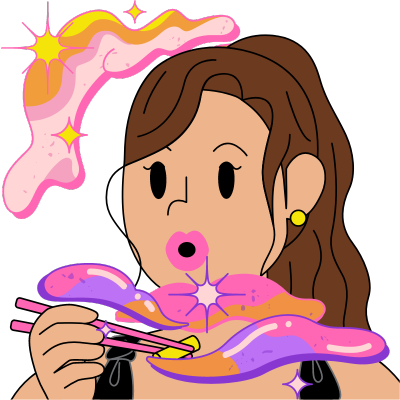
Date Night Ideas
Pop culture also continues to sway where people go and what they do on dates—the basic dinner and movie date is turning into more unique and immersive experiences, all driven by trends seen in celebrity culture and social media influencer circles.
One popular trend is themed dining experiences or pop-up events, which have gained a ton of traction—it’s way more memorable than the usual night out. These experiences are all inspired by movies, TV shows, or iconic figures, making them a great option for couples who want to experience something fun and different.
High-profile celebrities frequently visit certain hotspots, and these locations quickly become go-to destinations for dates. Rooftop bars with panoramic city views and secret bars with a bougie air of exclusivity are particularly popular, influenced by the outings of influencers and celebrities.

Lifestyle Choices
Broader lifestyle trends, especially those centered around health and wellness, are increasingly influencing dating choices. The upsurge of self-care and mental health awareness has meant that many singles are putting their well-being first and looking for romantic partners who share the same outlook.
Intuitive intimacy, where emotional connection is prioritized over physical attraction, is becoming more common. This trend shows the growing importance of mental health and well-being in relationships, with singles looking for stronger, more meaningful connections. Activities like yoga dates, hikes, or visiting organic cafes are becoming popular choices for those who want to combine wellness with romance.
The trend of “betterment burnout” has also emerged, where people are pushing back against the constant pressure to self-optimize. Instead, there’s a growing acceptance of imperfection, encouraging singles to concentrate on authenticity rather than striving for an unattainable ideal. This shift is helping create more genuine and fulfilling connections as people prioritize compatibility and common values over superficial perfection!
The Evolution of Dating Language and Etiquette
The way we talk about dating has drastically evolved with the ascent of digital communication and social media. New terms pop up constantly, capturing the nuances of modern relationships and the behaviors we encounter in the online dating world. From “ghosting” to “breadcrumbing,” these terms help us negotiate the sometimes confusing landscape of the dating world. Below, we’ll see how these terms have become part of our everyday vernacular and how they have an effect on the way we date today!
Popular Slang and Terms
Having a list of the latest slang is handy in order to keep up with the onslaught of terms, so we thought we’d help you out with one! Below are some of the most relevant terms that have made their way into the dating lexicon:
- Ghosting: This classic term refers to the sudden disappearance of a person you’re dating, leaving you without any explanation. It’s one of the most common and dreaded experiences in modern dating.
- Haunting: Similar to ghosting, but with a hook—after disappearing, the person subtly reappears in your life via social media but never directly contacts you.
- Breadcrumbing: This is when someone gives you just enough attention to keep you interested, but never fully commits. It’s like leading someone on with no intention of a real relationship.
- Orbiting: When someone stops talking to you but continues to engage with your social media posts, they’re orbiting. It’s a way of staying in your life without actually being present.
- Submarining: Similar to ghosting, but with a slight difference—after disappearing, the person suddenly reappears in your life, acting as if nothing happened.
- Roaching: This term is used when someone is dating multiple people at once and hiding it from them all. The term comes from the idea that there is probably more hiding if you see one roach.
- Soft-Launching: is the act of subtly introducing a new partner on social media without fully revealing their identity, like posting a picture of their hand or the back of their head.
- Benching: Also known as putting someone “on the bench,” this involves keeping someone as a backup while you explore other options.
- Situationship: This relationship exists in a gray area between friendship and a committed relationship, without a clear label or commitment.
- Zombieing: This is when someone who ghosted you comes back from the dead, trying to reconnect after a long period of silence.
- Pocketing: This term refers to when someone hides their relationship from friends and family, keeping you in their “pocket” rather than introducing you to their social circle.
- Rizz: Short for charisma, this Gen Z term describes someone’s ability to attract or seduce someone. It is used in a positive context.
These terms not only help describe specific behaviors in the dating world but also provide a shared language for talking about the confusing and frustrating experiences that accompany modern dating!
Modern Dating Etiquette
As dating practices have evolved, so too have the rules of etiquette! Pop culture, particularly social media and dating apps, has played a part in molding these new norms.
- Texting Habits: In the digital age, texting has become a primary mode of communication in dating. There’s an unspoken etiquette around how quickly you should respond, how much information you share, and the use of emojis. Quick but not too quick responses are expected—showing interest without appearing desperate.
- Social Media Interactions: Social media has a role in modern dating, from the way relationships are announced to how partners interact online. Liking, commenting, and sharing each other’s posts are ways of showing interest, but overdoing it can be seen as clingy. Soft-launching a relationship on social media has become common, allowing people to hint at a new romance without fully committing to a public announcement.
- Exclusivity Conversations: The “Define the Relationship” (DTR) talk has become more important with the increase of casual dating. Establishing exclusivity is imperative to avoid any misunderstandings, especially when dating multiple people is common. Having this convo earlier helps set boundaries and expectations, making sure that both people are on the exact same page.
- Handling Rejections: The etiquette around rejections has also changed—while ghosting is common, it’s seen as impolite or hurtful. More considerate methods, like Caspering (giving a brief explanation before cutting off communication), are encouraged for respect and closure in dating interactions.
These new norms show the nuances of dating in a world where communication is instant but lacks the personal touch of face-to-face interaction. As pop culture continues to guide our behaviors, these etiquette rules will likely change again, requiring ongoing adaptation by those who are active in the dating scene.
The Dark Side of Pop Culture Influence
The term pop culture sounds fun and harmless—how can a term that sounds so cute be harmful? Welp, there is a dark side to the entertainment that comes with it, especially in terms of our perceptions of dating and relationships. The glossy images and idealized portrayals of romance in movies, TV shows, and social media tend to set super unrealistic expectations, create pressure to conform to certain trends, and negatively impact mental health. Let’s take a trip to the dark side of pop culture!

Unrealistic Expectations
Pop culture always shows us a highly romanticized version of relationships, one that is rarely attainable in real life—and why wouldn’t it? Who wants to see ordinary stuff that we can get from our own lives? From the “perfect” couples on IG to the epic romances depicted in films, these portrayals set a standard that people cannot meet. This is especially problematic when these glorified images become the benchmark against which people measure their own relationships.
Movies and TV shows have been showing love as something that is magical and effortless, where every conflict is easily resolved, and happy endings are the status quo. But these portrayals totally ignore the reality of real-life relationships. Studies have found that these media portrayals can cause distorted views of what a healthy relationship looks like, and people develop super unrealistic expectations of love and commitment. This skewed perspective can result in disappointment and frustration when reality doesn’t match the romanticized version of what they’ve been fed.
Moreover, social media exacerbates these unrealistic expectations by providing a platform for carefully curated and filtered representations of relationships. Couples show off only the highlight reels of their relationship, aka what they want others to see—creating the illusion of perfection, which can make others feel inadequate when their own relationships don’t measure up.

Pressure to Conform
Another dark side to m the influence of pop culture on dating is the pressure it can cause to conform to certain trends or emulate celeb relationships. This pressure can be overwhelming, particularly for younger people who are still figuring out their identities and what they want in a romantic relationship.
Celebrity couples have become the gold standard for relationships, with their every move scrutinized and copied by fans. It doesn’t matter if it’s adopting the latest fashion trends or emulating the romantic gestures seen in movies; there’s a strong societal push to follow in their footsteps. This is no bueno and could result in a purely superficial approach to dating, where the focus is on appearances and not on the substance of the relationship.
The constant comparison to these idealized relationships can also turn into unhappiness in one’s own relationship. When people feel that they have to live up to the impossible standards set by celebrities or influencers, it is an unnecessary strain. They could doubt the validity of their own relationships simply because they don’t look like the glossy, curated versions they see online or on the big and small screens.

Mental Health Impacts
The impact of pop culture on mental health, particularly in the context of dating, is also an issue. The pressure to conform to unrealistic standards can cause anxiety, depression, and a host of other mental health issues. Social media, in particular, plays a huge role in this, as it creates a culture of comparison that can be damaging to self-esteem.
Studies have shown that the constant exposure to idealized images on platforms like IG causes feelings of inadequacy and low self-worth. When people compare themselves to the “flawless” lives and relationships of others, it can feed into a feeling of failure, even though what they’re seeing is far from reality. This phenomenon is closely linked to the rise of perfectionism, where people feel intense pressure to meet unattainable standards, not just in their appearance but also in their relationships.
Furthermore, unrealistic portrayals of relationships in media can lead to distorted perceptions of what is normal and healthy in a relationship. The romanticization of unhealthy behaviors, like possessiveness or constant fighting, can cause people to tolerate or even seek out these dynamics in their own relationships, believing them to be signs of passion rather than red flags.
The mental health impacts of these pressures shouldn’t be taken lightly—those who can’t live up to unrealistic standards can experience severe and chronic stress, anxiety, and depression. Over time, this can cause a decline in overall well-being, affecting not just their romantic relationships but their mental health as a whole.
The impact of pop culture on dating has always been apparent, and yes, the glamour of stories and trends on steroids are really fun to follow, but they can affect us negatively. From creating unrealistic expectations to pressuring us into conforming to certain standards, pop culture’s influence isn’t always as harmless as it seems.

Final Thoughts
Dating doesn’t have to be Instagram picture-perfect to be meaningful, and it’s more than okay if your relationship doesn’t look like a scene from a rom-com or a glossy, loved-up post of Taylor Swift and Travis Kelce. What matters is finding happiness in the real, sometimes messy, things that come with real connection. Indulge in all of the fantasies of pop culture you want, but don’t ever forget that the best love stories are the ones you are living out in the real world.
